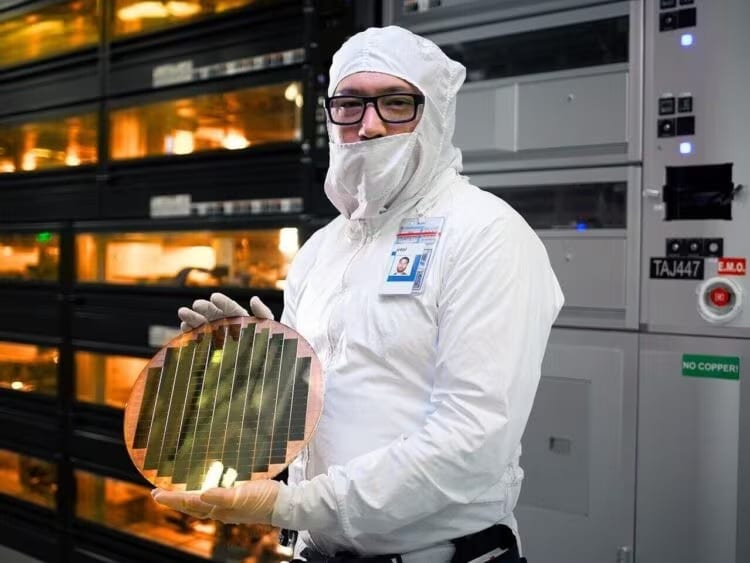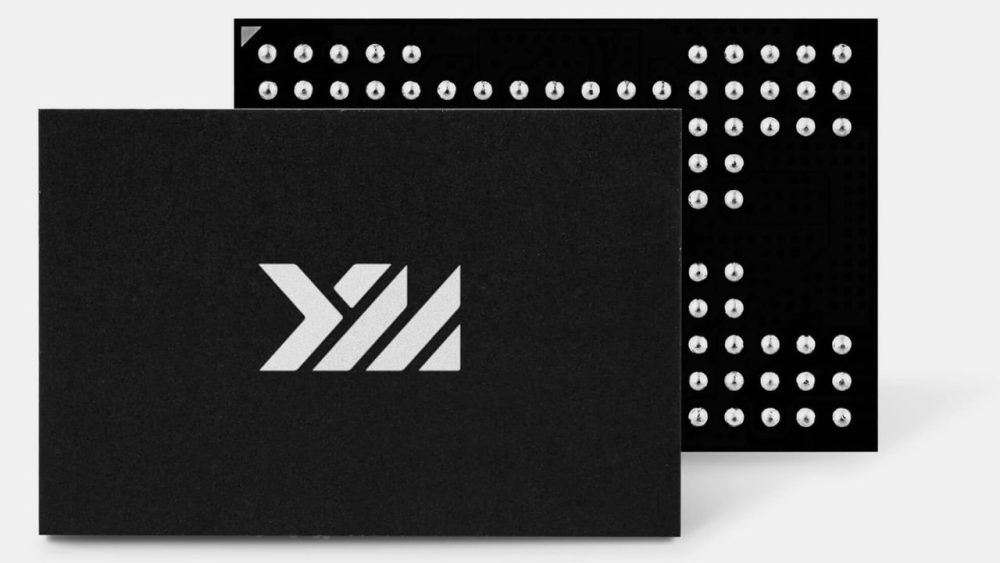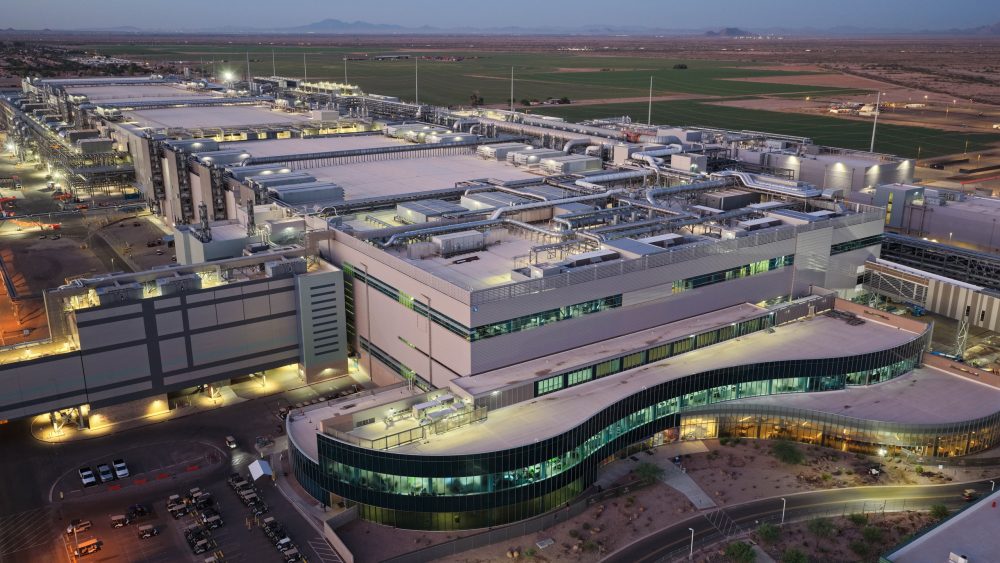Intel’s next-generation chipmaking process, known as 14A (1.4nm-class), will be more expensive to produce than its current 18A (1.8nm-class) technology. The confirmation came from Intel CFO David Zinsner at the Citi 2025 Global TMT Conference, where he explained that the higher wafer cost is tied to High-NA EUV lithography tools, the most advanced machines in semiconductor manufacturing.
Why 14A Costs More
The step up to 14A requires ASML’s Twinscan EXE:5200B High-NA EUV tools, priced at around $380 million each compared to $235 million for current-generation EUV machines. These tools deliver much sharper resolution (down to 8nm in a single exposure), cutting down on the need for complex multi-patterning, but they also add significant upfront cost.
“14A is more expensive than 18A,” Zinsner said. “It is a higher wafer cost, for sure, and partly that is because we are expecting to use High-NA EUV tools in 14A, which was not the case in 18A.”
What 14A Brings to the Table
Intel says the new node will offer:
- 15–20% better performance-per-watt
- 25–35% lower power consumption compared to 18A
- RibbonFET 2 transistors (next-gen gate-all-around design)
- PowerDirect backside power delivery, improving efficiency
- Turbo Cells, which boost CPU/GPU clock speeds without big area or power trade-offs
In other words, 14A chips are designed to be faster, cooler, and more power-efficient, key advantages for AI, data centers, and next-gen consumer devices.
Foundry Pressure: Intel Needs Customers
While the technology looks promising, cost recovery is the big challenge. Intel has admitted that without major external foundry customers, 14A may not be sustainable. Development of cutting-edge nodes now costs tens of billions, and relying on Intel’s own product line alone won’t justify the investment.
“If we do not get 14A customers externally, it is going to be hard to justify that node,” Zinsner said.
Intel has already warned that if customer uptake is too weak, it may slow down or even abandon 14A. However, government funding ties Intel’s hands: under the terms of its U.S. grant-to-equity deal, Intel must retain at least 51% control of Intel Foundry and cannot spin it off.
The Bigger Picture
- Intel is still outsourcing 30% of production to TSMC, including Lunar Lake and Arrow Lake chips, and is among the first customers lined up for TSMC’s upcoming 2nm (N2) process.
- Billion-dollar funding from SoftBank ($2B), Mobileye ($1B), Altera ($3.5B), and U.S. government subsidies ($5.7B) is fueling the roadmap.
- Panther Lake (18A) chips are expected later this year, while 14A’s fate hinges on 2026, when Intel hopes to secure large-scale foundry clients.
Bottom Line
Intel’s 14A node is a bet-the-farm moment: it promises smaller, faster, and more efficient chips but at a higher cost due to cutting-edge High-NA EUV tools. Without big-name foundry customers signing on, the company risks a slowdown. With AI, data center, and consumer demand all pushing chipmakers to the bleeding edge, 2026 could decide whether 14A takes off or stalls.


